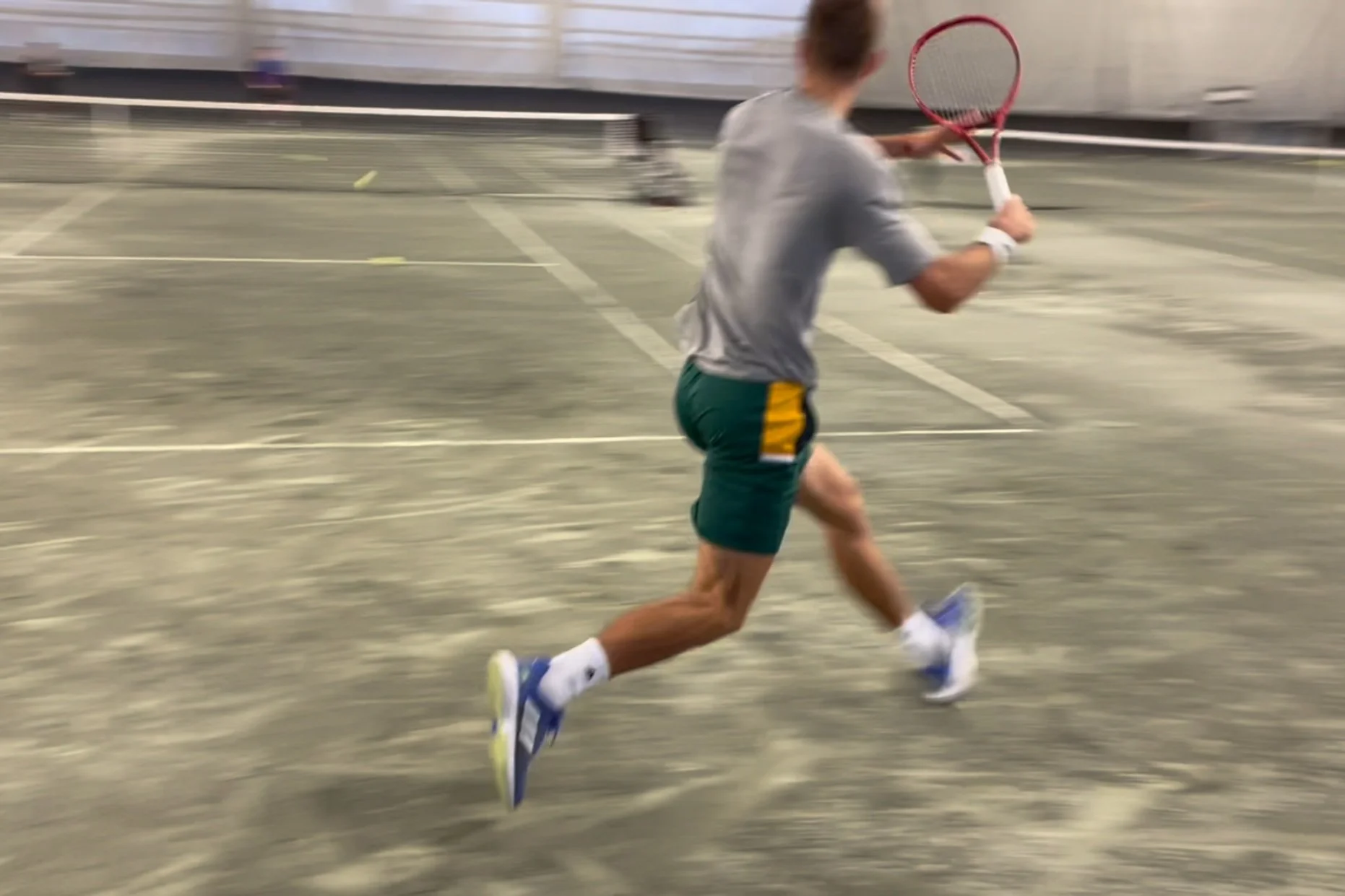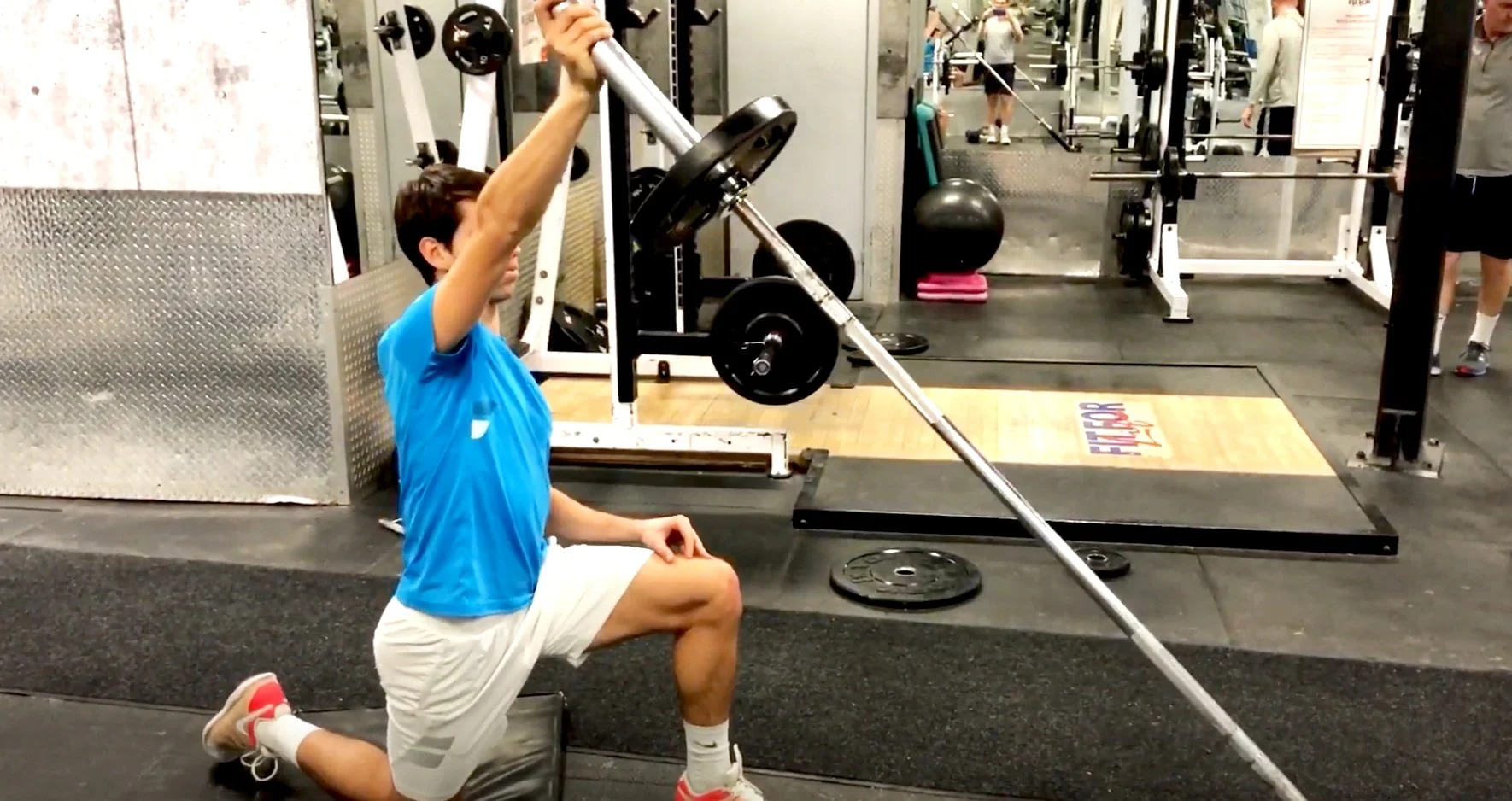Many in tennis associate shoulder health with resistance band exercises. Listen to coaches and trainers talk about shoulder strength or injury prevention with their players and you’ll surely hear things like “are you using your bands daily?” or “make sure to do ‘x’ or ‘y’ band exercise”. But do band exercises work in the manner that they’re spoken about?
I’d like to offer my take on the matter and suggest 2 other strength training methods - light weight and moderate/heavy strength exercises.
Last week, we looked at the importance of a post-match recovery routine for the tennis shoulder. This is based on a couple key factors. First, the current trend of modern tennis is heavily reliant on successful serving. And second, scientific evidence points to losses in both range of motion (ROM) and strength, along with shoulder/arm soreness, post matchplay. If you haven't read that post, take a look at it here as it helps provide the framework for this week's follow-up article.
Picture this, you just got off court after a long 3-set battle. You’re tired, exhausted, fatigued (insert any other word you wish). The last thing you want to do is spend another 30 minutes or more recovering from the match. But guess what, if you’re a junior who’s playing another match the same day or a pro playing a match the following day, you’ve got no other choice. Well that’s not entirely true, you do have another choice and that’s to do nothing at all and basically just show up for your next match.
BOTH Andy Murray and Novak Djokovic have been in the news of late with elbow injuries. While Novak is back competing, Andy is still on the sidelines with a suspected "tear" around the elbow (no further details have been mentioned). Both missed the Miami Open this year and while they'll likely be back in form soon, I thought it was a good time to discuss why elbow injuries happen and some ideas on what we can do about them.
This week I’ll be traveling to London UK to take part in the Functional Range Conditioning (FRC) course (aka an excruciating experience on your hips...or so I've been told). The FRC course - created by Dr. Andreo Spina, owner and founder of Functional Anatomy Seminars - is a system of mobility training rooted in scientific research. I’ve always integrated mobility & flexibility work with my athletes and have a pretty good understanding regarding its underlying mechanisms but why not learn from someone who has devoted their life’s work to improving mobility, joint function and athletic performance. And...he’s worked with a number of pro athletes, including world no. 4 Milos Raonic (see video below).






